Talk Overview
A dendrite is a tree-like structure in neurons, which receives the incoming signal from adjacent neurons or from sensory stimuli. Dr. Yuh-Nung Jan is interested in understanding the molecular underpinnings that drive dendrite morphogenesis. His laboratory uses the fruit fly larvae as a model organism to study the development of dendritic arborization (da) neurons. Using these neurons, Jan and others have shown that the combinatorial expression of different transcription factors, such as Cut, as well as the interactions between dendrites and between dendrites and epithelial cells is what drives dendrite morphogenesis. In addition, Jan explains the role of Dscam isoforms in the regulation of dendrite-dendrite interactions for proper dendrite patterning.
In his second lecture, Jan explains how dendrite morphology relates to the function of neurons. For example, class IV da neurons are photoreceptors and their dendrites form a regular array in the fruit fly larvae to enable the avoidance of noxious signals, like light. On the other hand, class III da neurons are mechanosensors, and they use no mechanoreceptor potential C (NompC) protein to detect gentle touch. Jan and collaborators showed that NompC works by tethering ankyrin repeats to microtubules, providing evidence for the first time that this type of gating mechanosensor mechanism is possible.
Speaker Bio
Yuh-Nung Jan
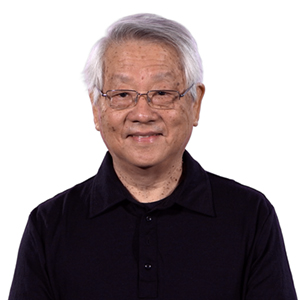
Dr. Yuh-Nung Jan is a Jack and DeLoris Lange Professor of Molecular Physiology at the University of California, San Francisco, and a Howard Hughes Medical Institute Investigator. Jan completed his undergraduate studies in physics at National Taiwan University in 1967. He continued his graduate and postdoctoral training at California Institute of Technology, where he switched… Continue Reading
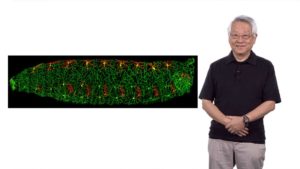
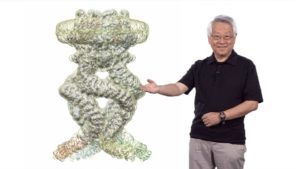
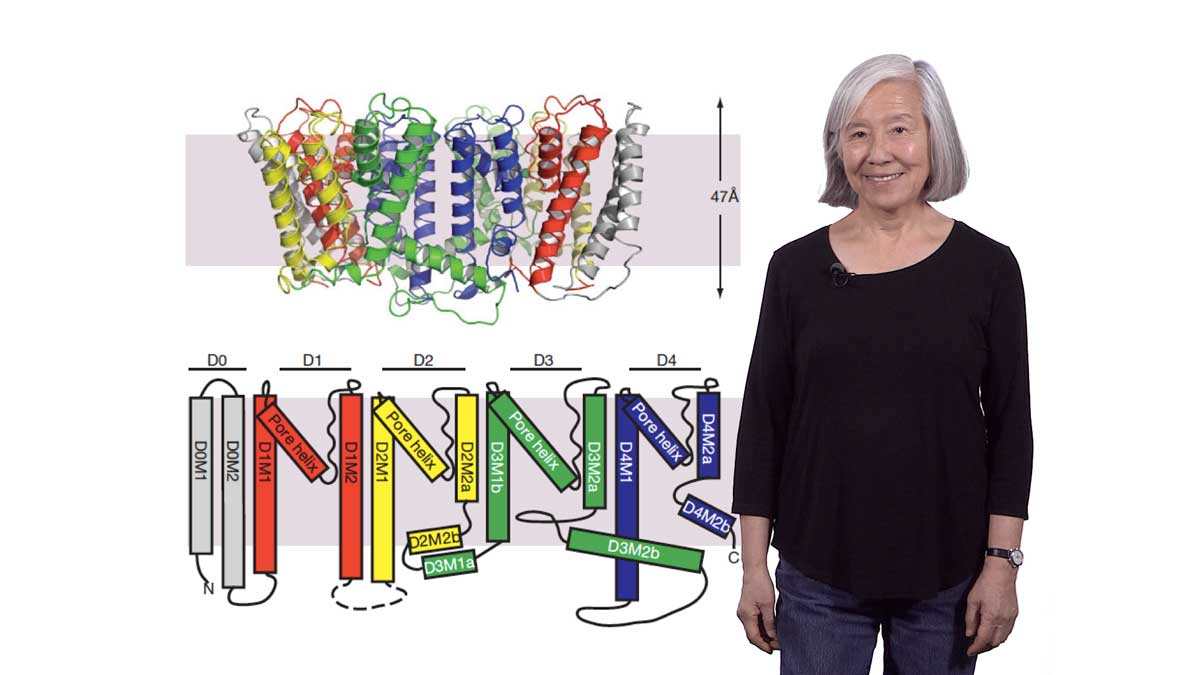
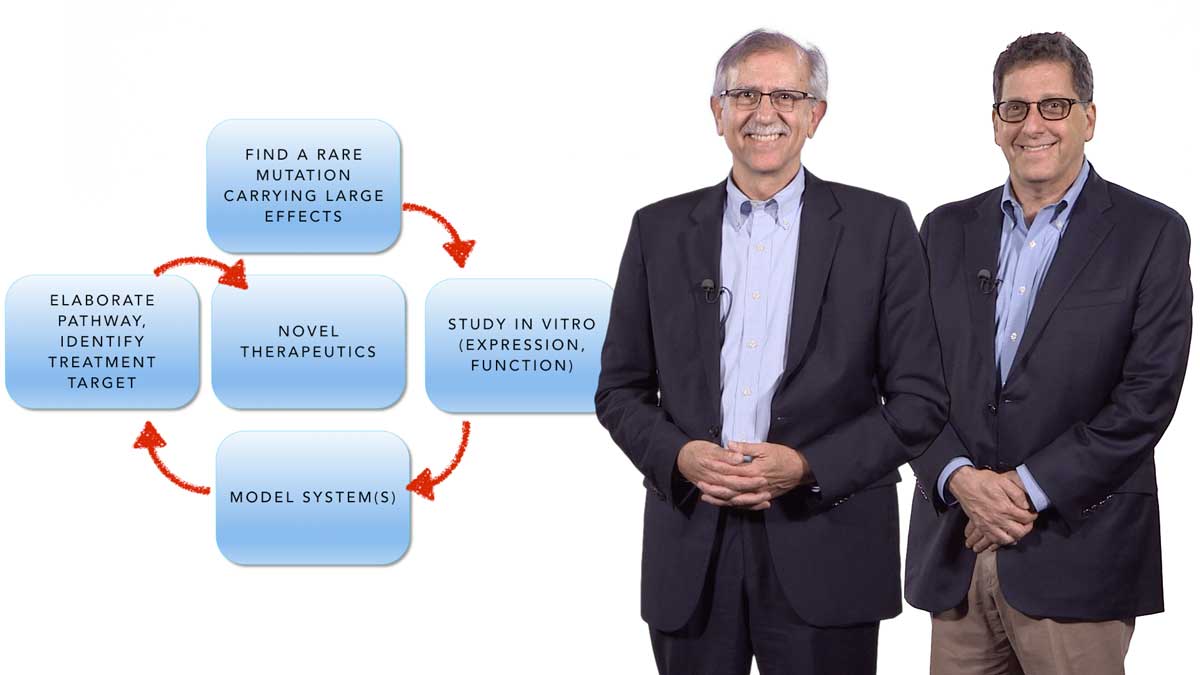
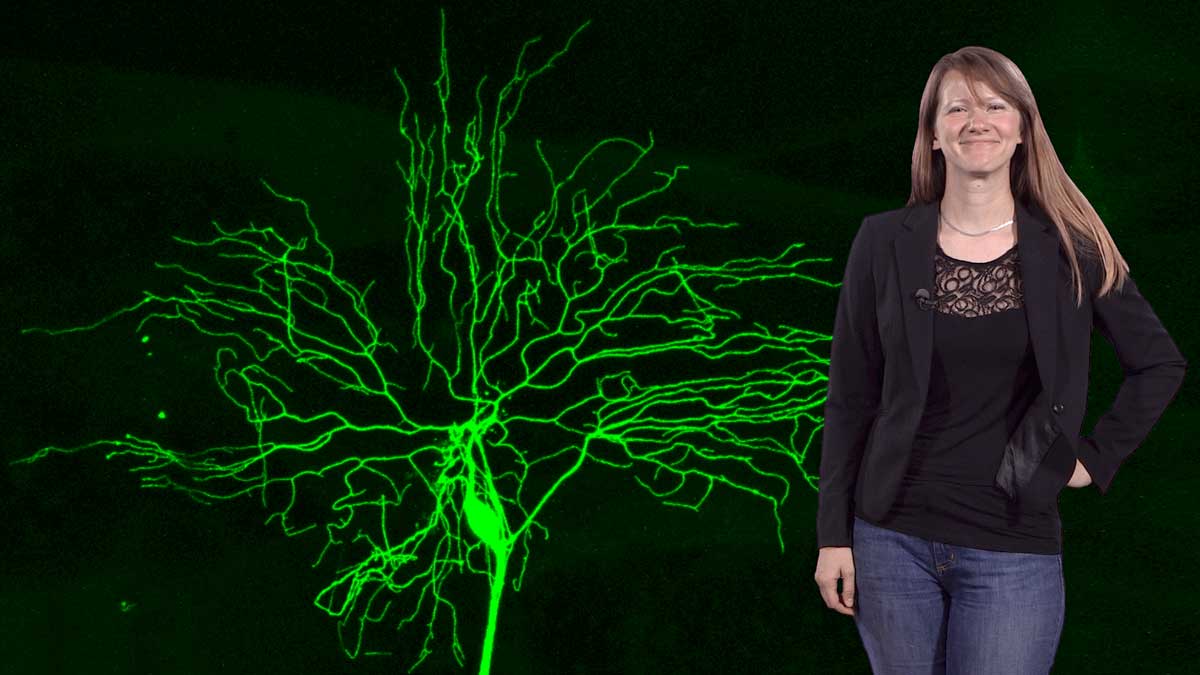
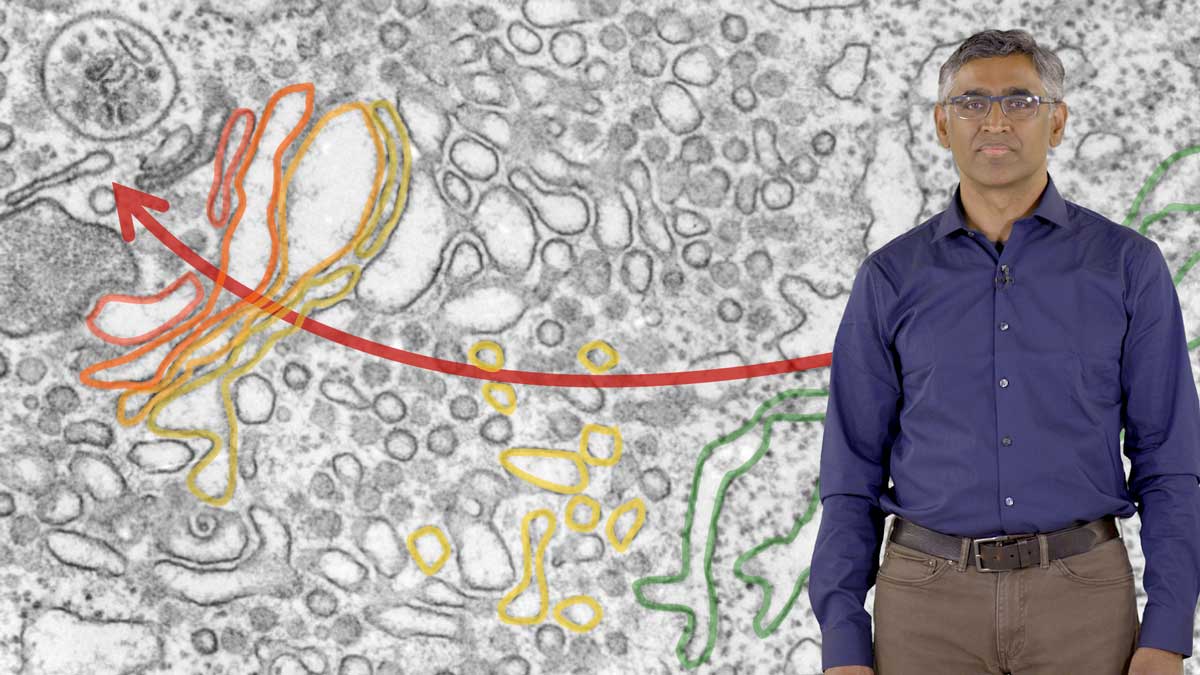





Daniel E. Teodoru says
No doubt I am wasting comment space on this site praising Prof. Yuh-Nung Jan’s two talks as you are probably flooded with such accolades praising on high his enlightening of us all. But I must say that his discussions are helping neuroscience avoid becoming a PHENOMENOLOGICAL field, like psychology, enabling it through his molecular explanations to persist as a mechanistic one. Too many people settle on computer models of AI that are taken as THE explanation because the mathematical endpoints arrive at the observed phenomena. But neurons are not microprocessors as in computers but biological CELLS as cells in the immune system. Therefore, we must ever diligently struggle to elucidate the MECHANISMS of Nature by which the phenomena we observe are produced– NOT the computational models approximating the quantitative features we measure. Bio mechanisms and pathophysiomechanisms will be translatable to medicine and, fortunately, Prof. Yuh-Nung’s talk is so enlightening that many of us clinicians can grasp it, process it, and eventually build solutions from it that serve the desperate needs of our patients. Prof Yuh-Nung, please allow me to say that you are indeed doing God’s work, thank you.